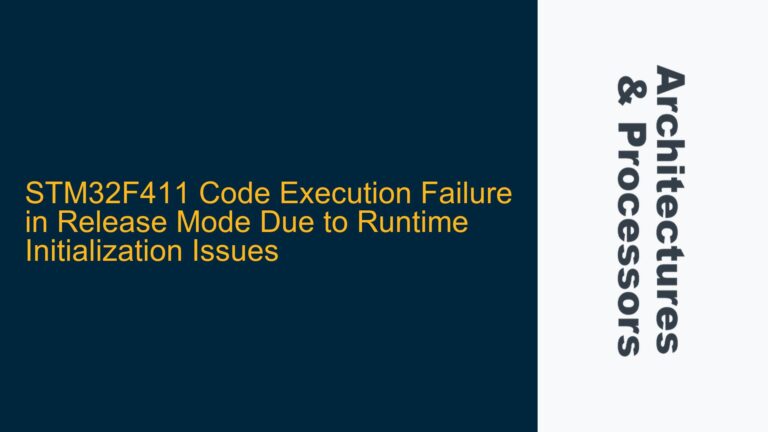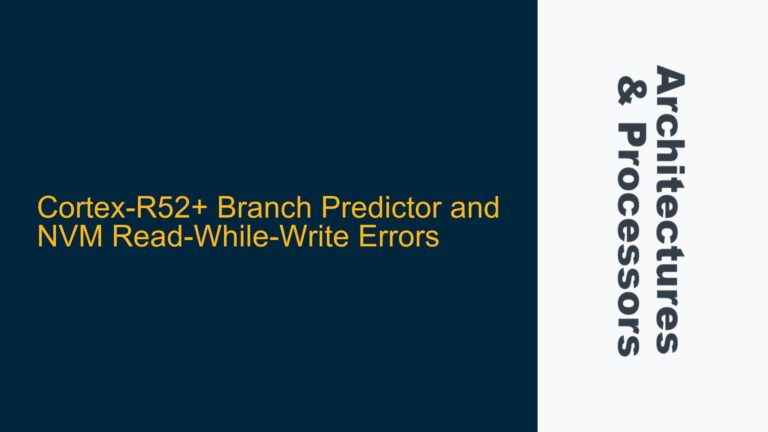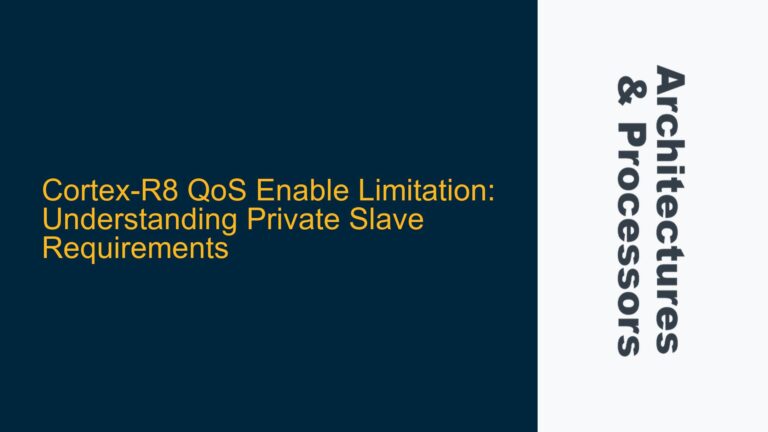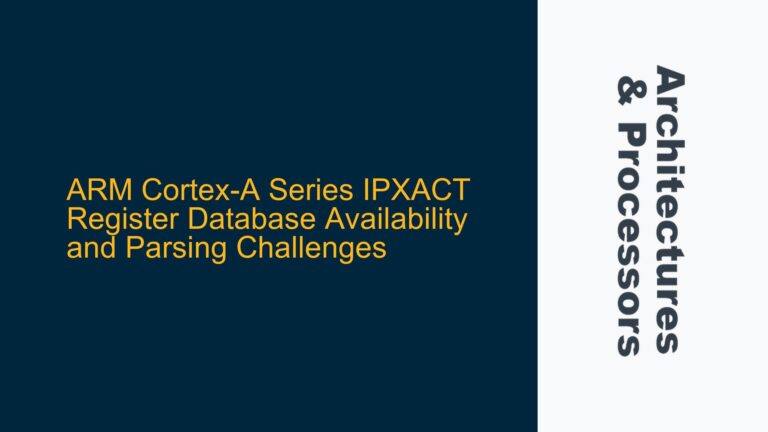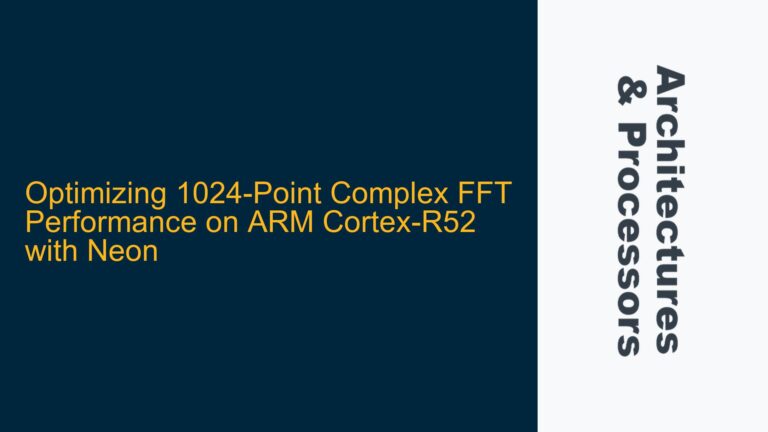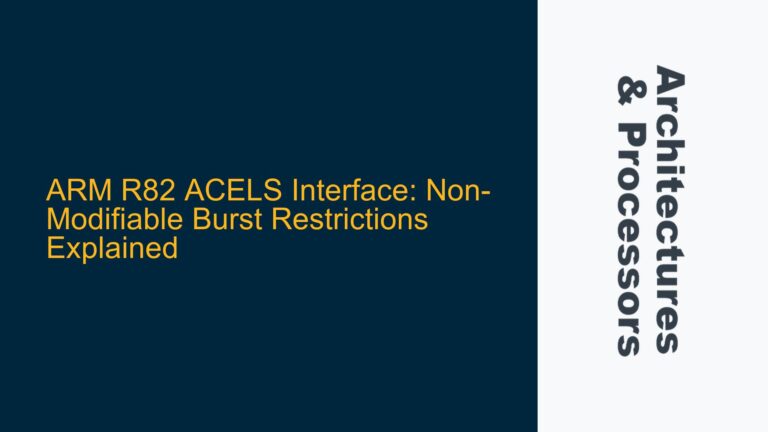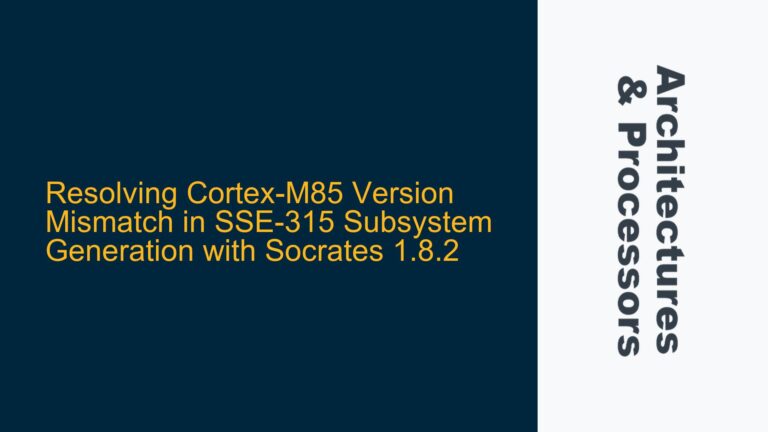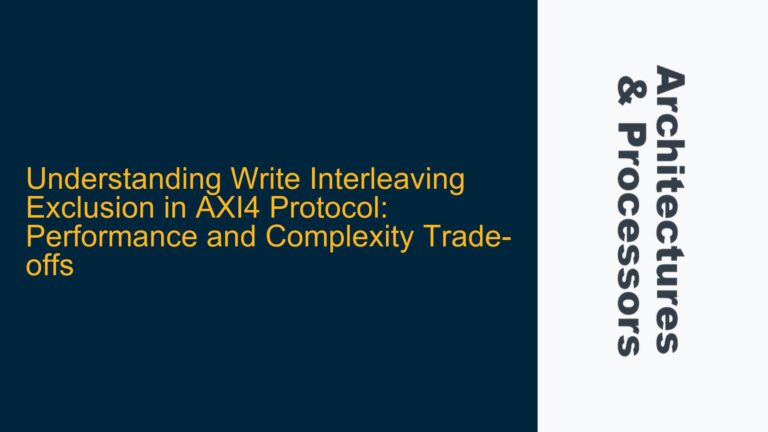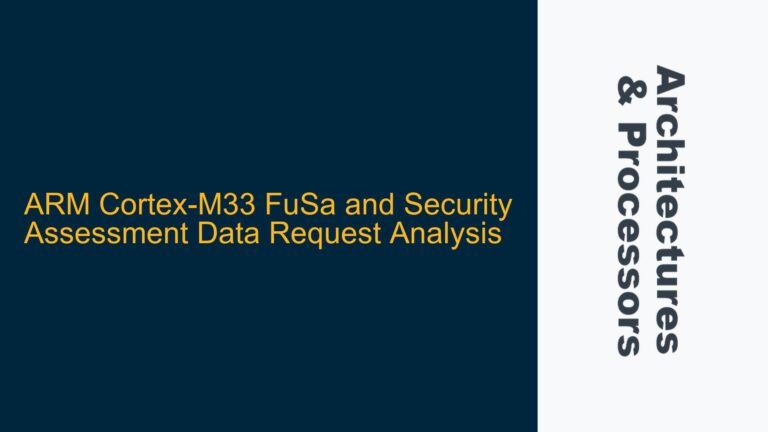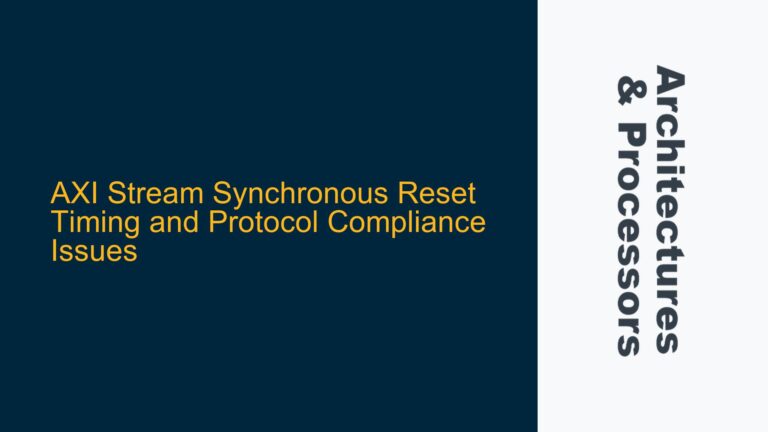STM32F411 Code Execution Failure in Release Mode Due to Runtime Initialization Issues
Clock Configuration and Runtime Initialization Hangs in STM32F411 The core issue revolves around an STM32F411 microcontroller where the firmware executes correctly only when stepped through a debugger but fails to run in Release mode. The problem manifests during the clock configuration phase, specifically when the microcontroller attempts to initialize the High-Speed Internal (HSI) clock, configure…
